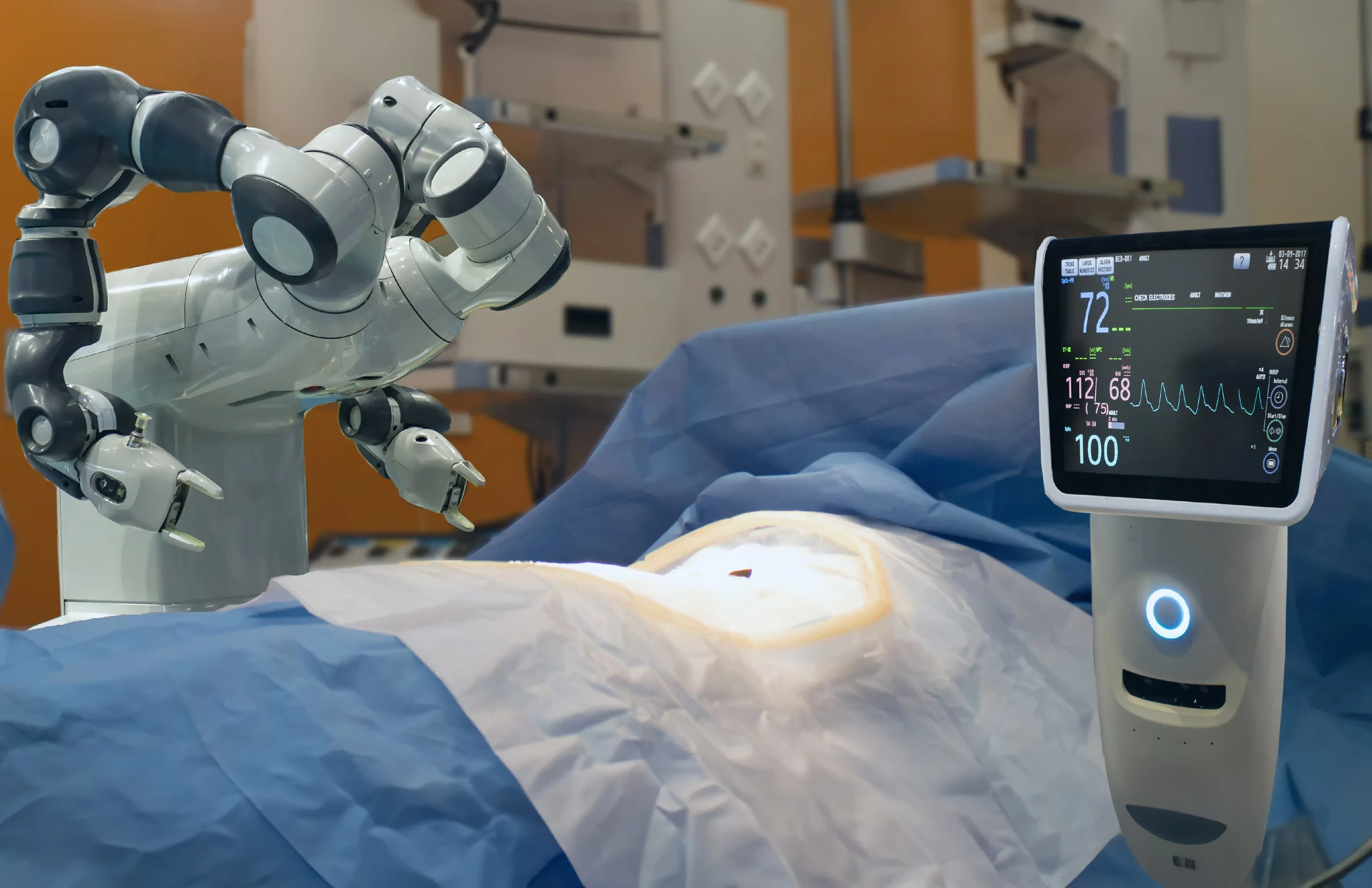This is a summarized version of the post written by Bhaskar Trivedi, Samir Bhatt and Sunilkumar Singh from eInfochips for Intel Embedded Innovator Magazine.
In emerging economies, access to healthcare services is quite expensive. According to World Bank’s 2010 data, the doctor-to-patient ratio is quite low in developing countries which implies the need for the emergence of tools to bridge the gap by giving doctors remote access to patient data.
A PoC by eInfochips aggregates patient data and uploads it to the cloud, allowing doctors to analyze patient needs and optimize their schedules accordingly. This design is said to be low-cost, production-ready design with minimal time and effort thus posing to be an effective solution for the above stated discrepancy.
The Healthcare Proof of Concept
As an initial use case, the PoC monitors a patient’s temperature and notifies medical staff when it exceeds certain limits. Key components of the PoC include:
- Portable and low-cost ZigBee* sensors for data collection and aggregation
- Sensor processing software based on Yocto Project Linux*
- A sensor aggregation unit and wireless gateway based on the Intel® Quark™ SoC X1000
- Wi-Fi and 3G/4G cloud connectivity
- Cloud infrastructure built on the Amazon platform for record keeping and reliable storage
- Mobile access to patient data through PCs or mobile platforms
- Automatic alerts at various levels of criticality with a call to action
The output of these wireless sensors is aggregated at a common junction, a gateway powered by the Intel® Quark™ SoC X1000. Intel has with its own IoT alliance, developed a range of gateway solutions that come pre-integrated with software from Wind River and McAfee thus easing the burden of deploying low-cost intelligent gateways.
The eInfochips PoC gateway securely communicated with the cloud through Ethernet, Wi-Fi, or 3G/4G. The data from cloud can be made accessible to registered and authenticated users like the patient, doctors, nurses, and pharmacists. This data can be accessed continuously (in case of proactive healthcare), or on an as-needed basis.
The Intel Quark SoC X1000 at the heart of the PoC plays a key role in creating a low-power, low-cost remote patient monitoring system. The system on chip (SoC) is highly integrated, incorporating multiple peripherals for sensor and network connectivity and includes multiple GPIO inputs to enable connection of analog sensors like passive infrared (PIR) and ultrasonic sensors.
Advantages of the Solution proposed through the POC
- Significantly reduces the bill of materials (BOM) for patient monitoring infrastructure and personnel.
- Power consumption is also minimized
- Smartly addresses security and reliability
- Pre-boot vulnerabilities can be further avoided by reserving the part of the memory for data and code execution
- DDR3 memory with error-correcting code (ECC) options provide a high level of data integrity
- Quick Time to Market
This software provides a complete connectivity stack for communications and cloud integration, with a readymade framework for securing the data. In addition, the SoC is supported by the proven Wind River Workbench* development platform, which allows developers to focus on high-level application development and managing the software lifecycle – thus reducing development effort, time-to-market, and the overall cost of the solution. The pre-validated software also plays an important role in enabling secure and manageable end-to-end data flow, from the edge to the cloud.
Developers can further accelerate their design by working with expert service providers like eInfochips. The company provides comprehensive product engineering services with particular expertise in system design and testing. eInfochips has the infrastructure, processes, expertise, and experience to deliver turnkey solutions for medical devices and healthcare.













